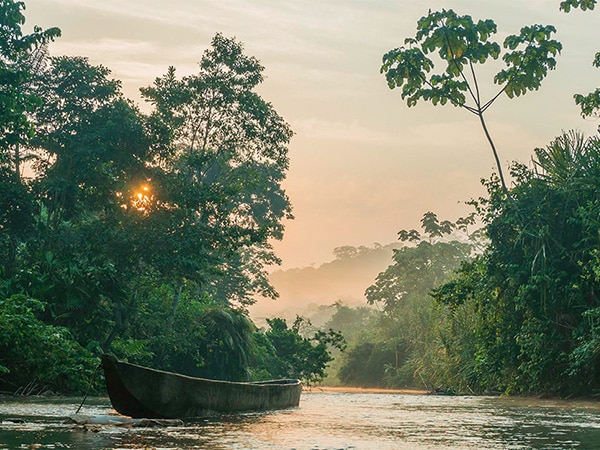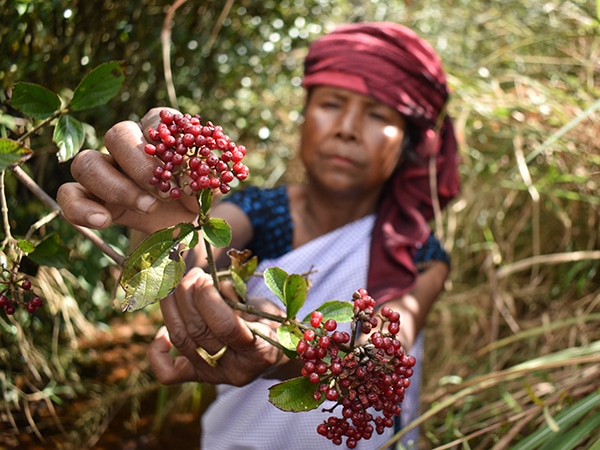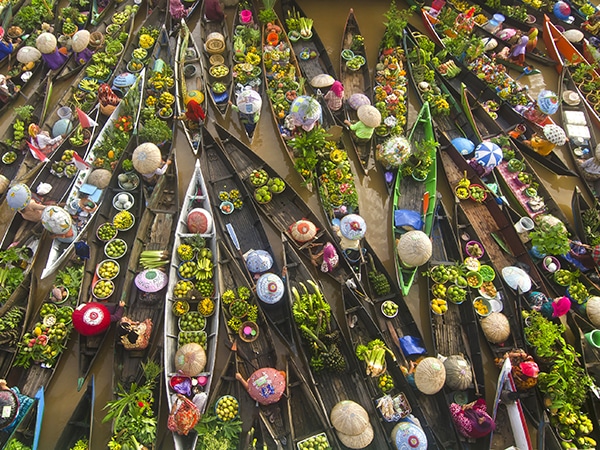Biocultural Diversity: Protect and Revive
Biodiversity, culture and language are deeply intertwined. An understanding of and respect for these relationships is embedded deeply within the beliefs of most Indigenous Peoples and local communities around the world and reflected in the way they interact with and as part of nature.
Monocultural approaches – from the way humans grow their food to the way we educate our children to the languages we speak – have profoundly altered the planet’s ecological integrity.
Our programme aims to support Indigenous Peoples and local communities to:
Revive sacred natural sites and rituals.
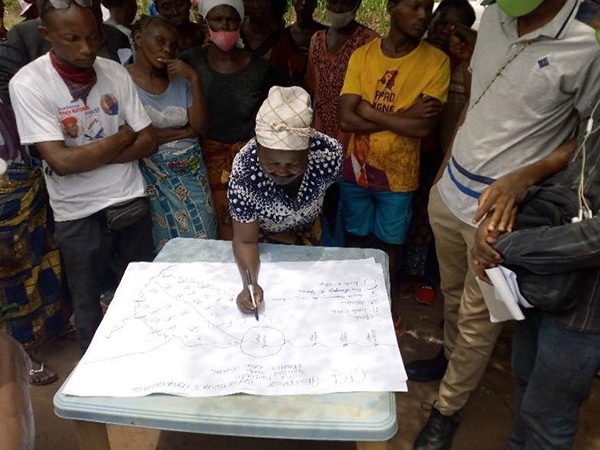
This information is for their own records, as well as to articulate to others the importance of their territories and to use this as part of the legal process to secure official land titles.
Protect Indigenous languages and the ancestral knowledge held within them.
When people have secure tenure rights over their land it helps to address many issues such as social and gender inequalities, food insecurity, and environmental degradation. It empowers people to think and act with the long-term in mind and it helps them to defend their land from external threats.
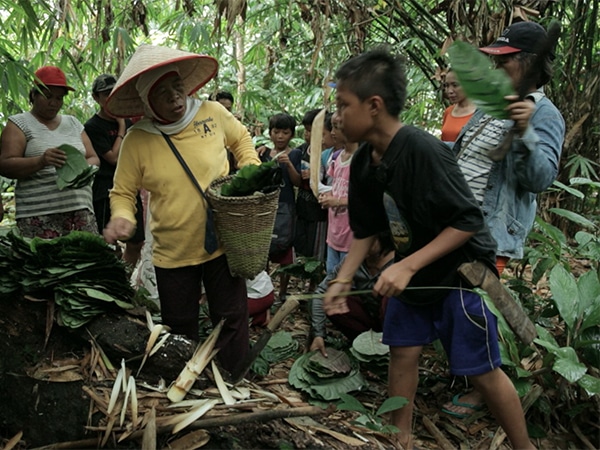
Promote Indigenous, locally adapted seed and food systems.
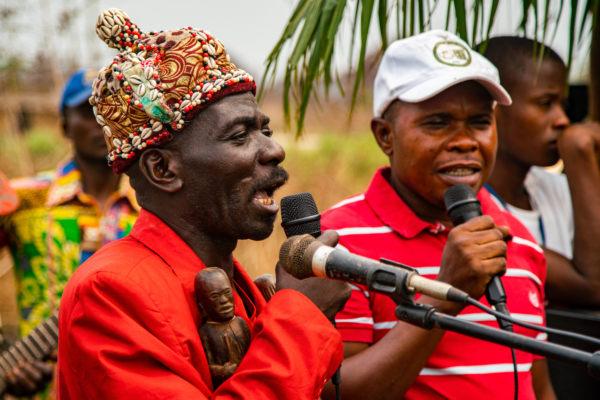
Empower people to defend their territories from external threats and advocate for Indigenous and environmental rights.
* Images (L to R): CFLEDD, LifeMosaic, Chris Scarffe
“From mountains to rivers, forest groves to coral reefs, springs to wetlands, sacred natural sites are places of special cultural, ecological and spiritual significance, embedded in the territories of indigenous communities. The traditional custodians of these sites – select elders within the community or clan – are central to their protection and responsible for ceremonies to maintain the health of the ecosystem and the community.”
Gaia Foundation
Partner spotlight: Ailan Awareness
Papua New Guinea’s reefs are home to more than 2,000 species of fish and 500 species of coral, but they face increasing pressure from tourism, agricultural run-off, mining and overfishing. Ailan Awareness works with coastal communities in the New Ireland region of Papua New Guinea to protect and revive marine biocultural diversity. It brings together contemporary scientific knowledge about marine ecosystems with local understandings of the sea, particularly drawing on the knowledge of indigenous elders, as well as on a cultural wood carving practice called Malagan.
Malagan provides guidance to communities from birth to death, including on their relationship with and care for plants and animals. Ailan Awareness’s work seeks to reinforce traditional authority systems and at the same time empower traditionally more marginalised voices within the community, particularly of women, in the creation of community-based marine resource management plans. It also tries to instil an understanding and appreciation of traditional culture amongst young people as a means to teach marine conservation.

Image: Wikimedia Commons. Exhibit in the Etnografiska museet, Stockholm, Sweden
There are thought to be between 6-7,000 living languages in the world and it is estimated that 80 to 85 per cent of these languages are spoken by Indigenous Peoples. Yet since the 1970s, 20 per cent of these languages have been lost as a decreasing number of global languages have come to dominate at the expense of local languages. This has led to the loss of and threat to much of the traditional environmental knowledge held within these languages.

